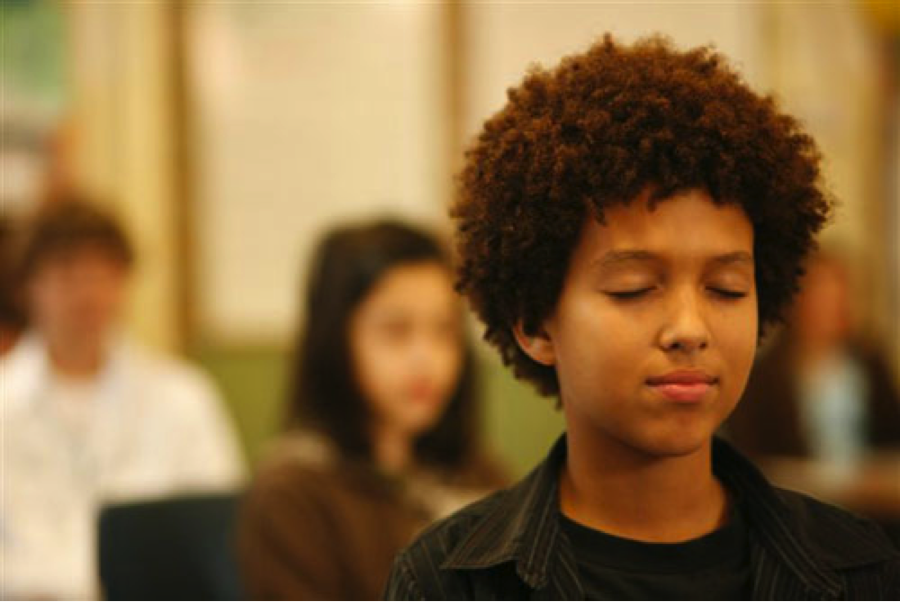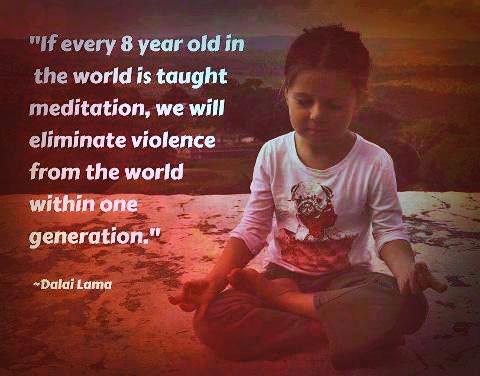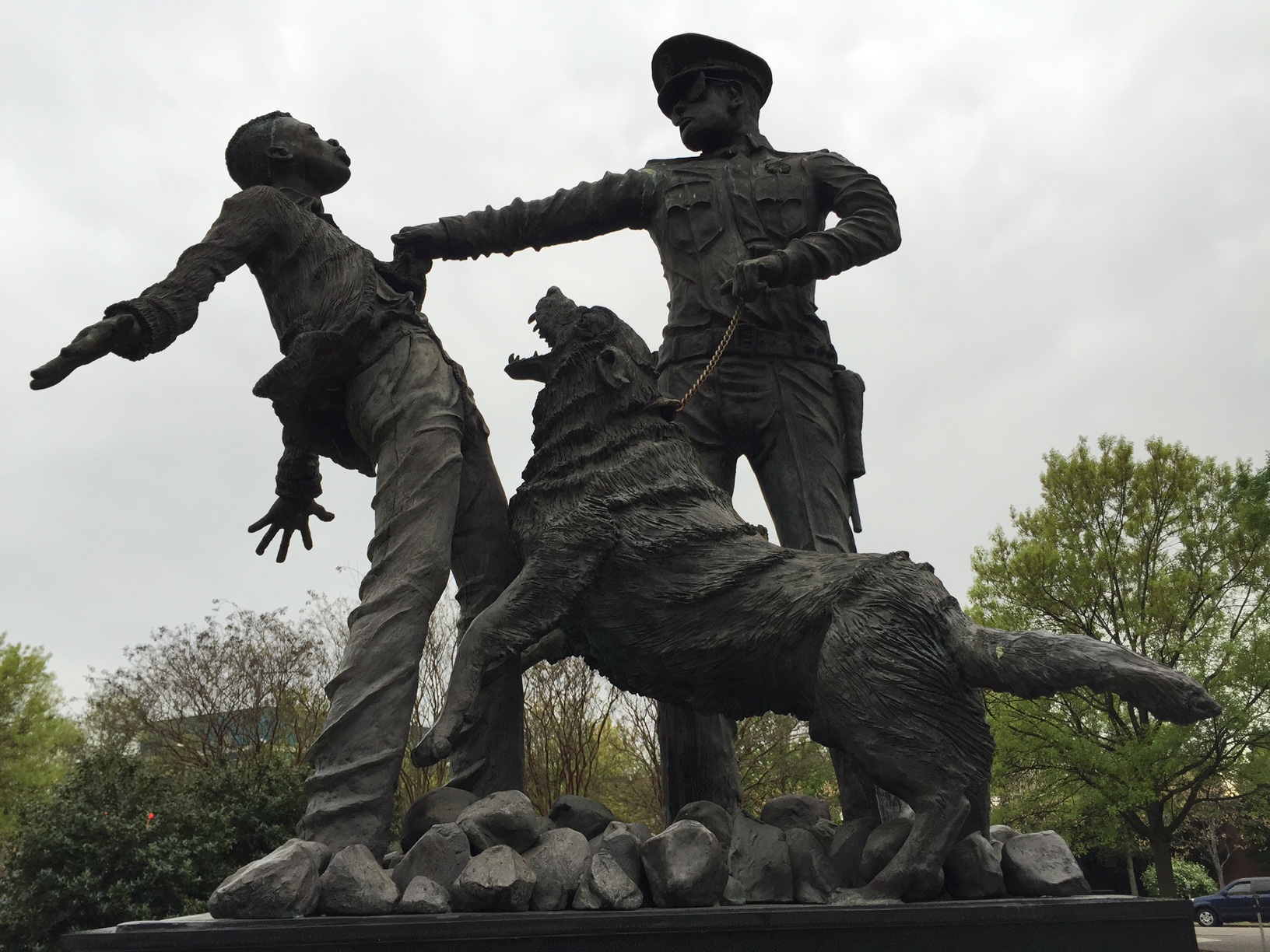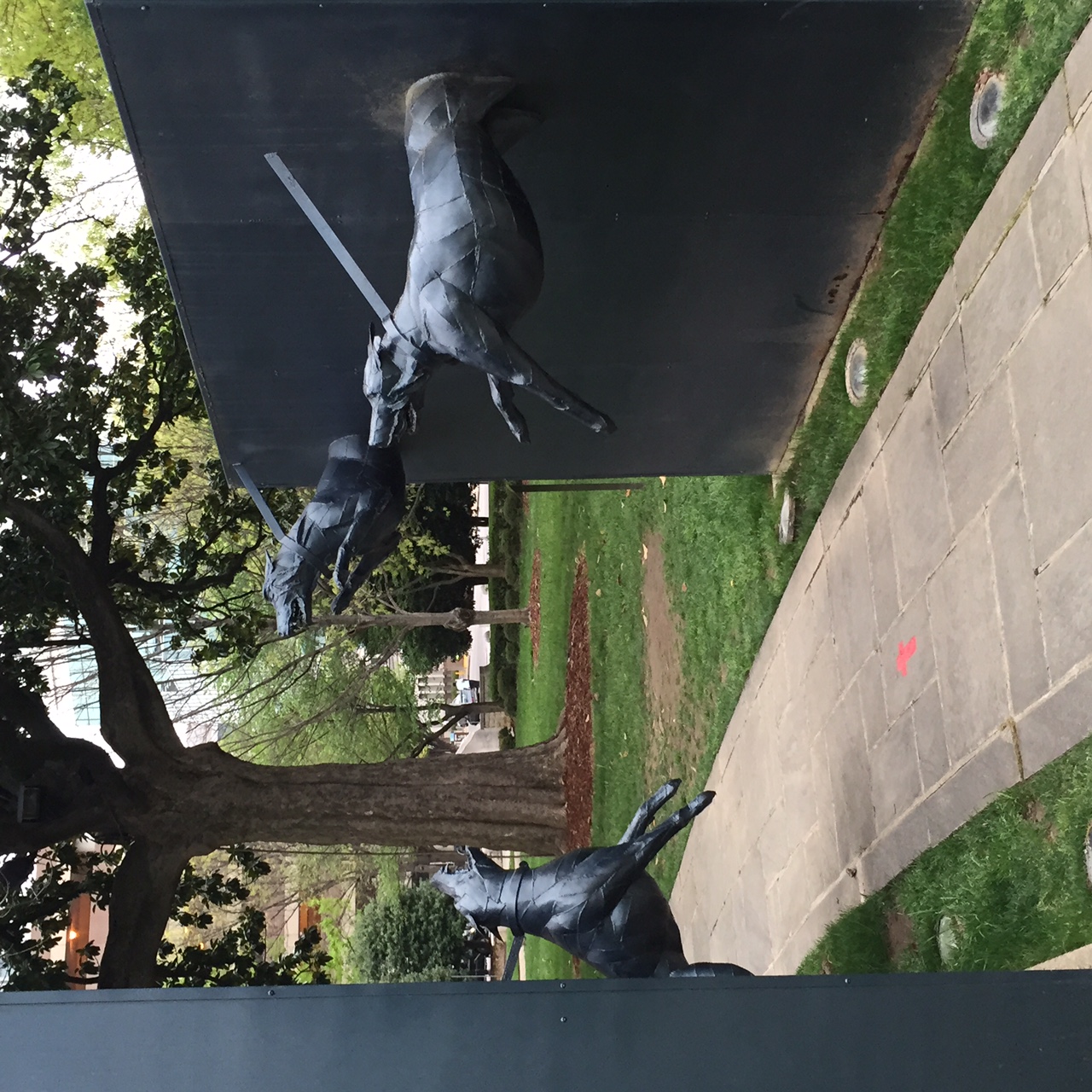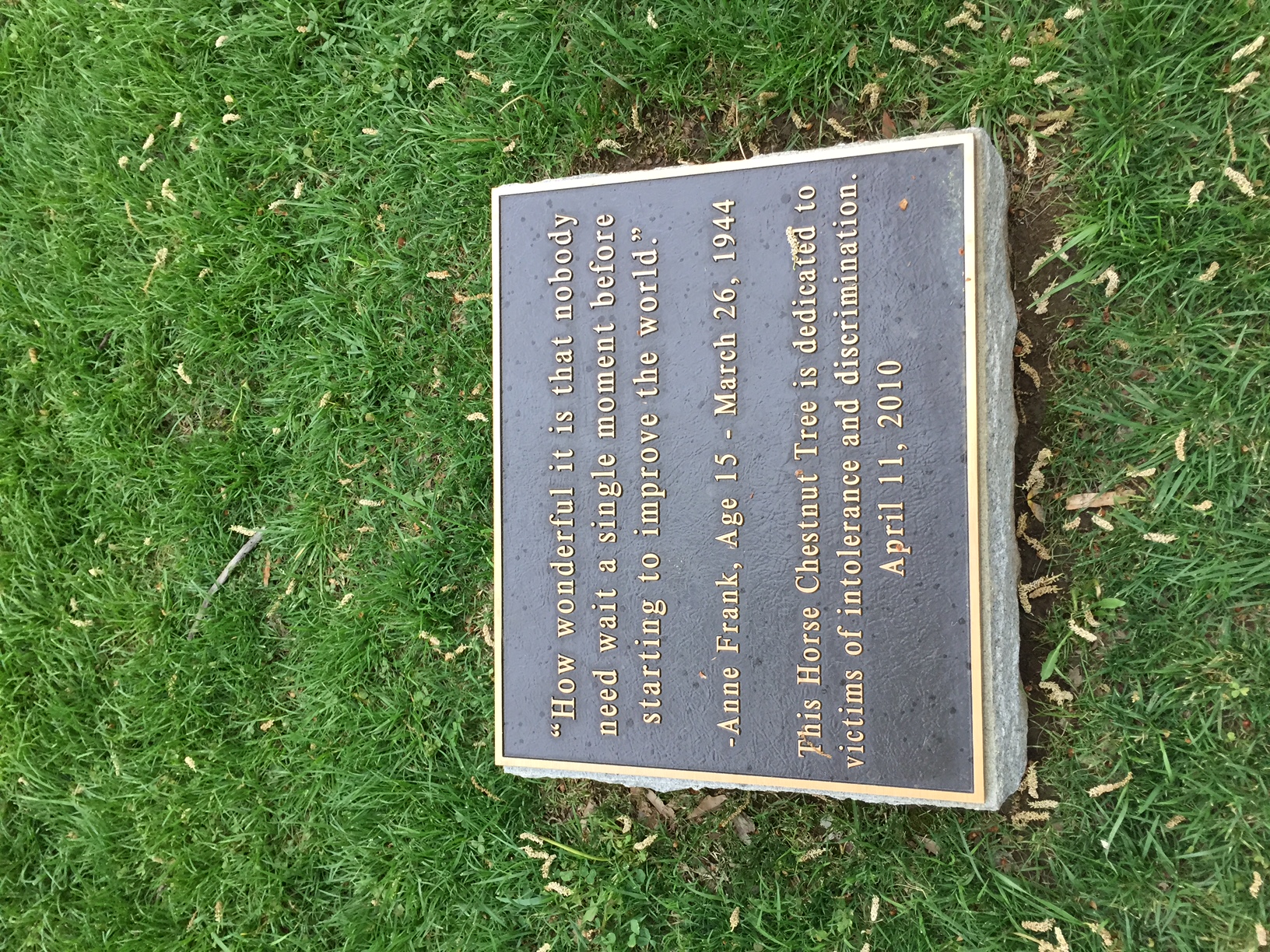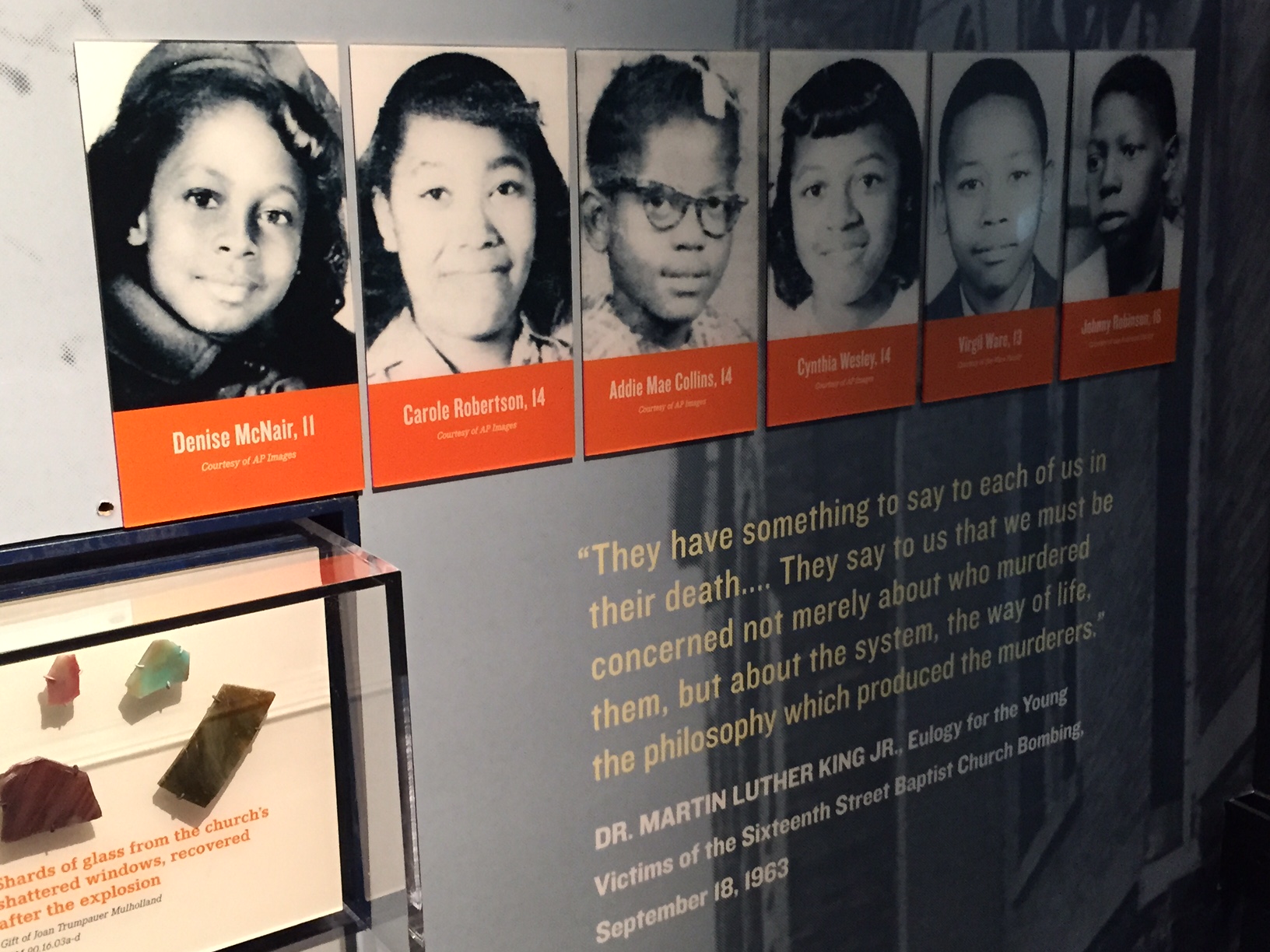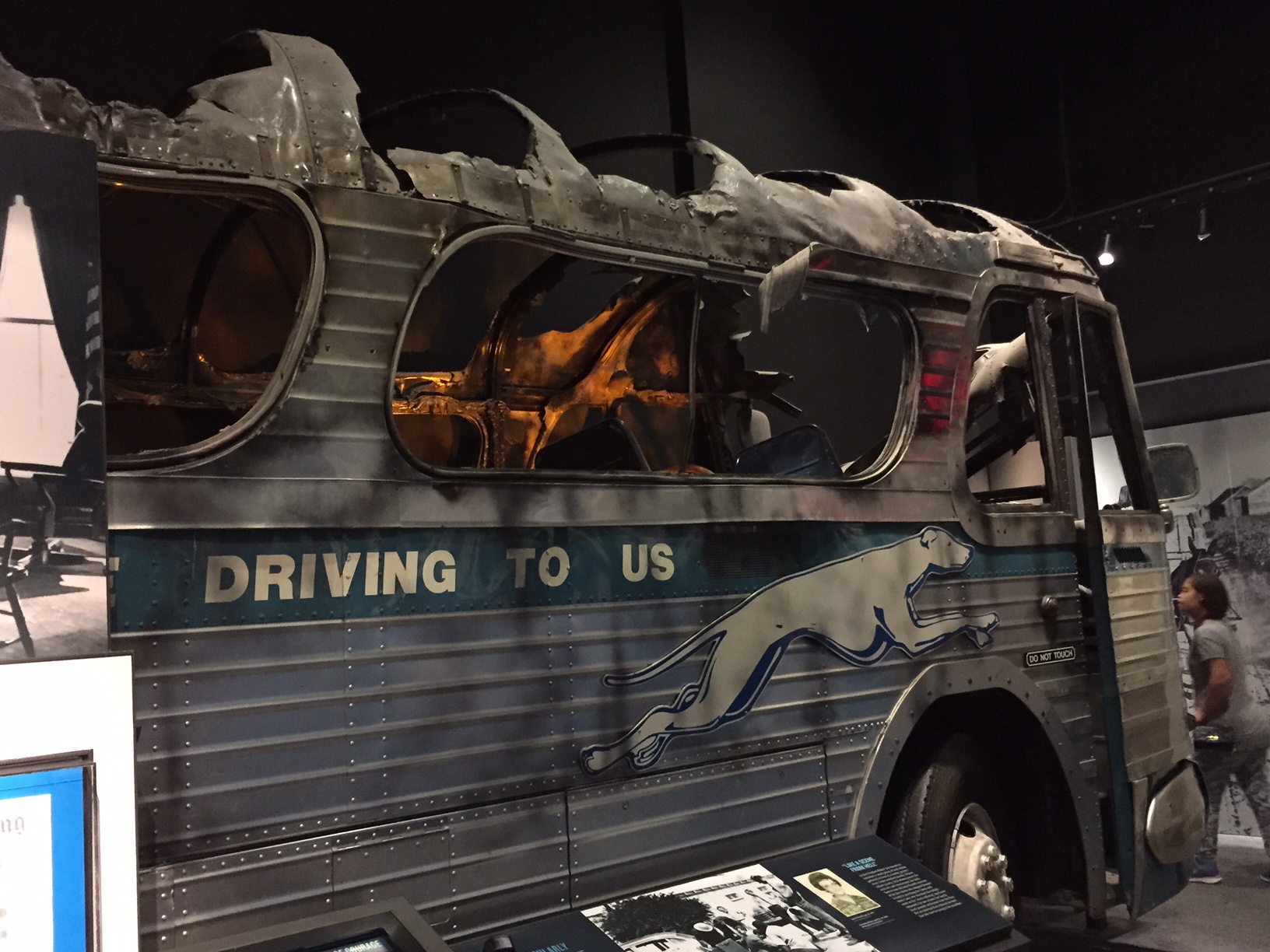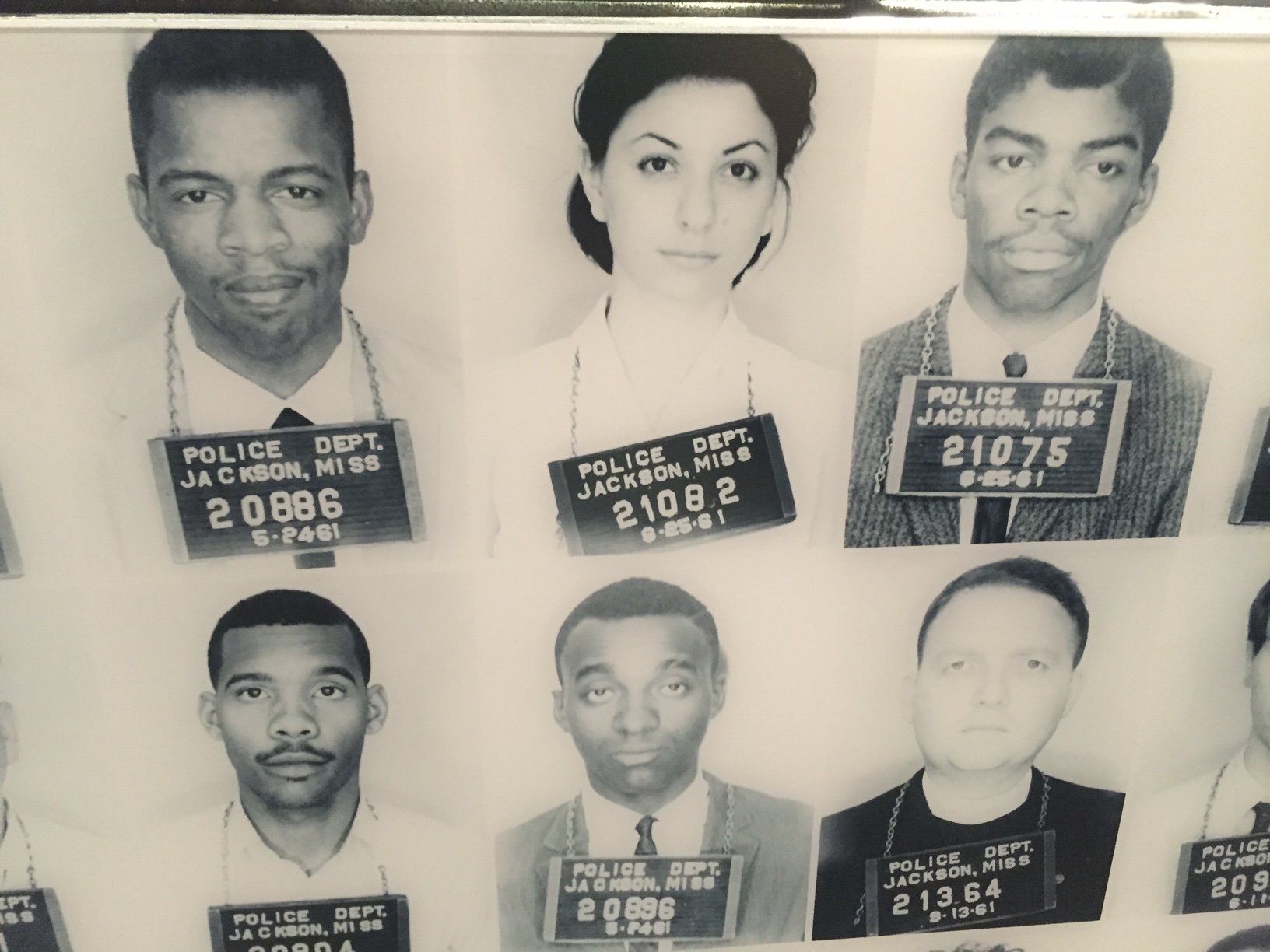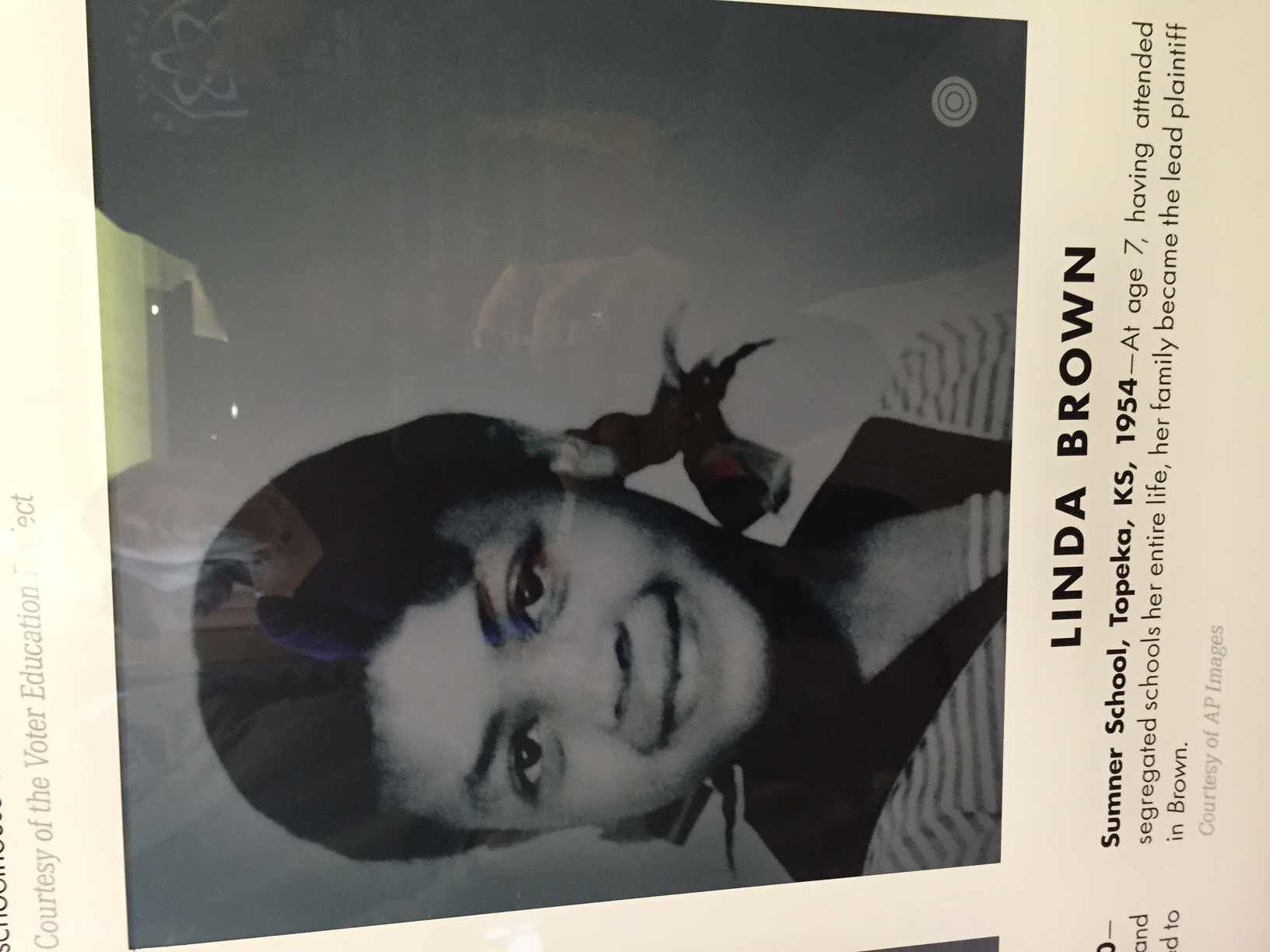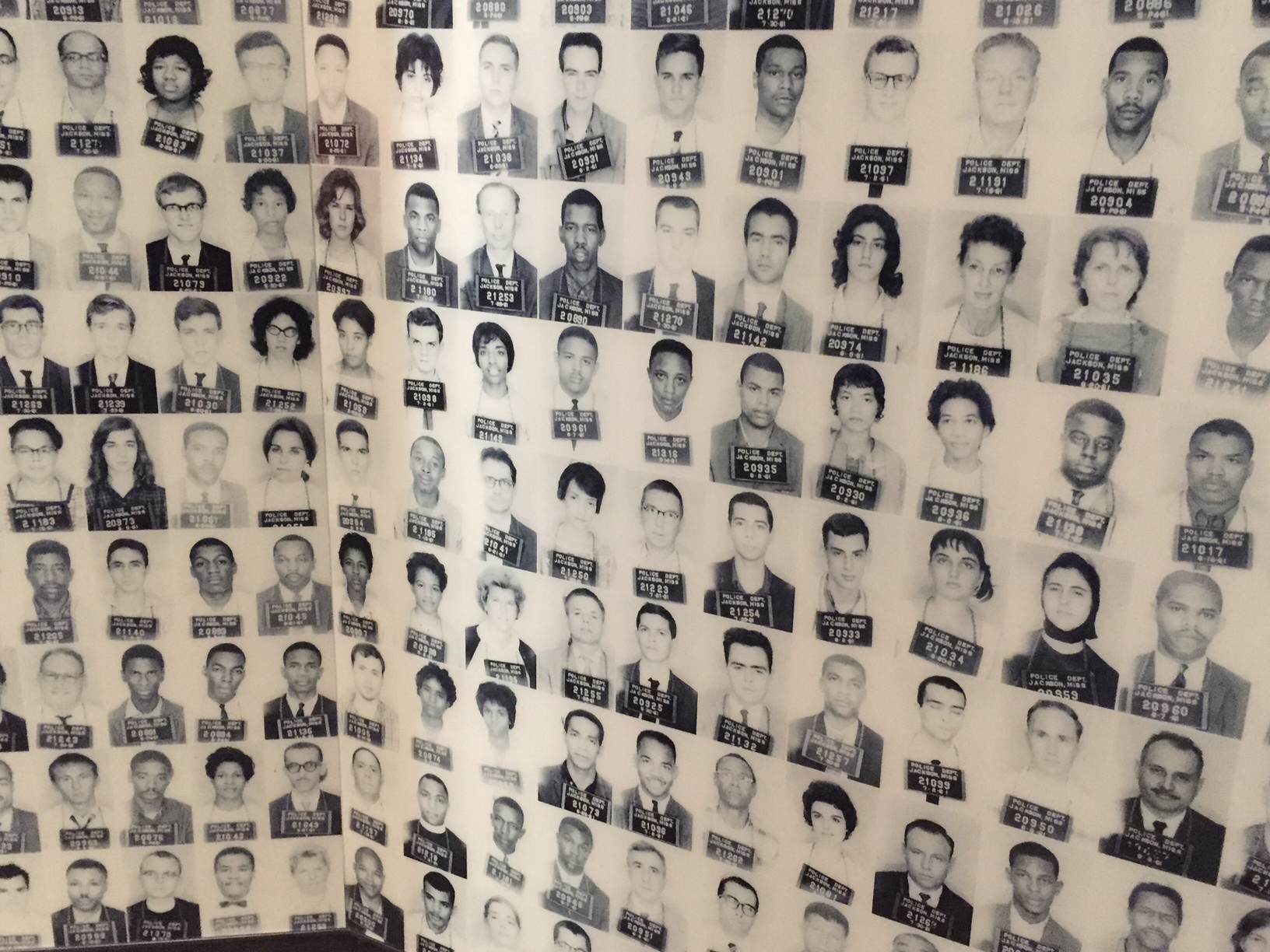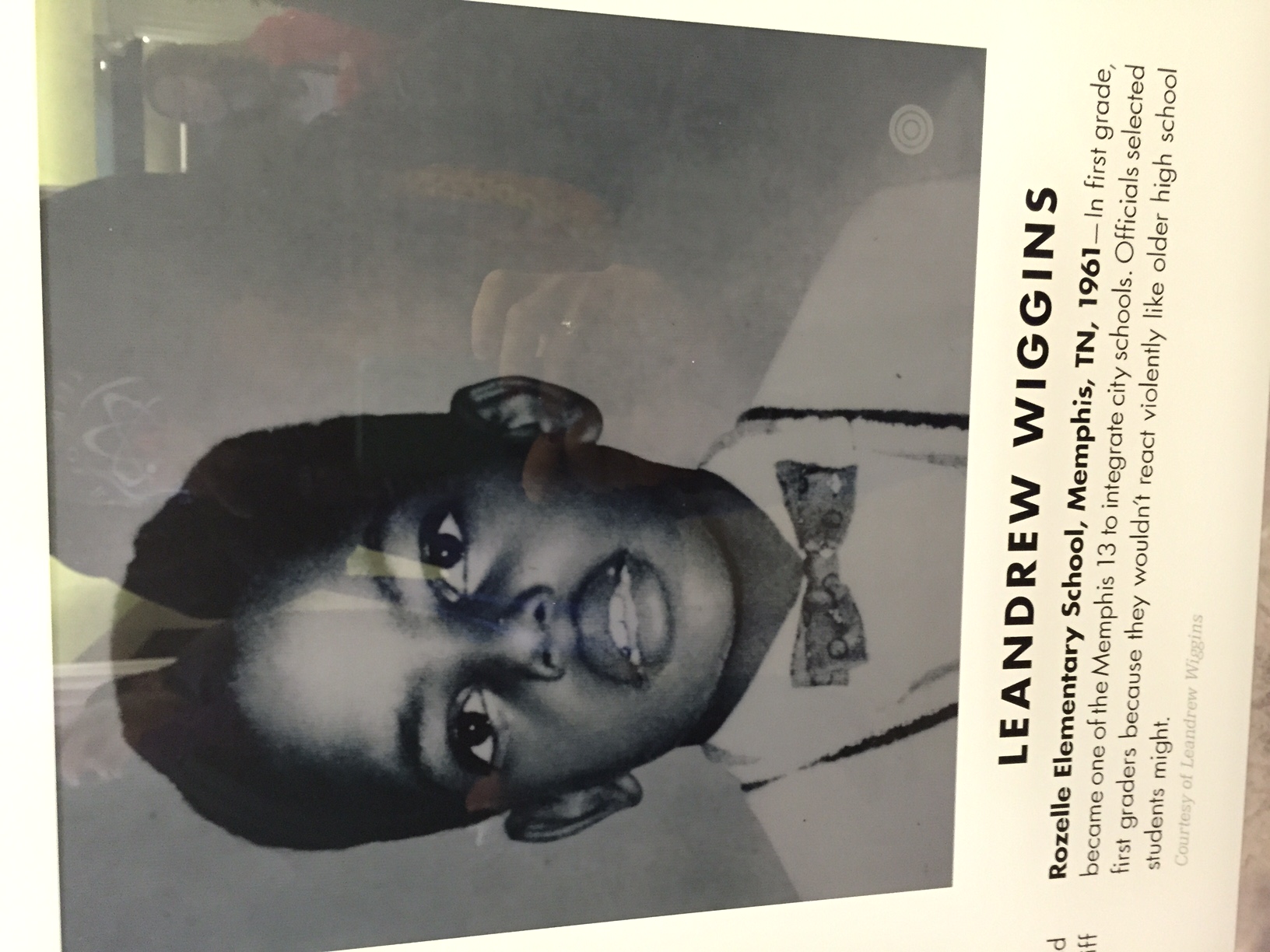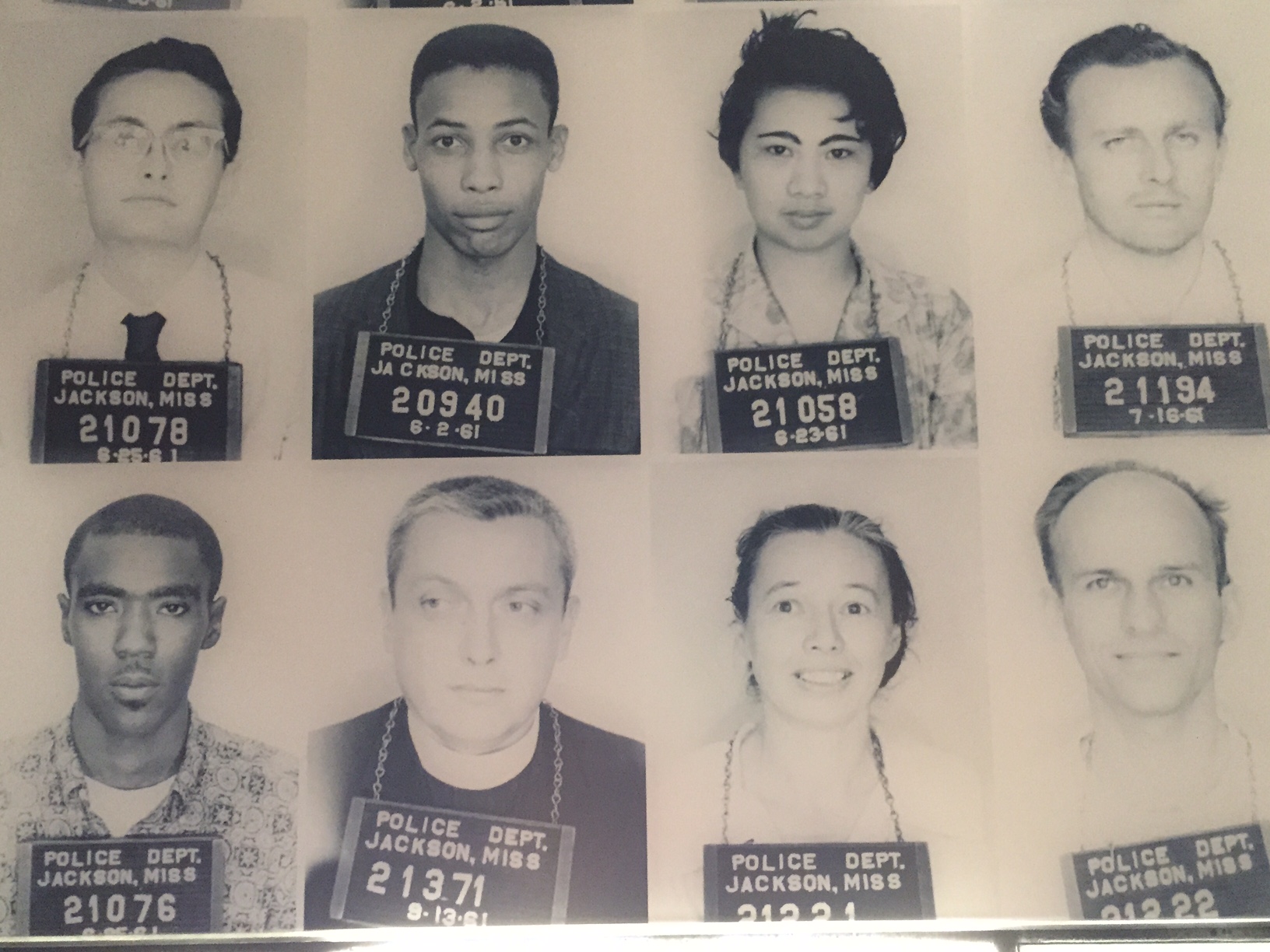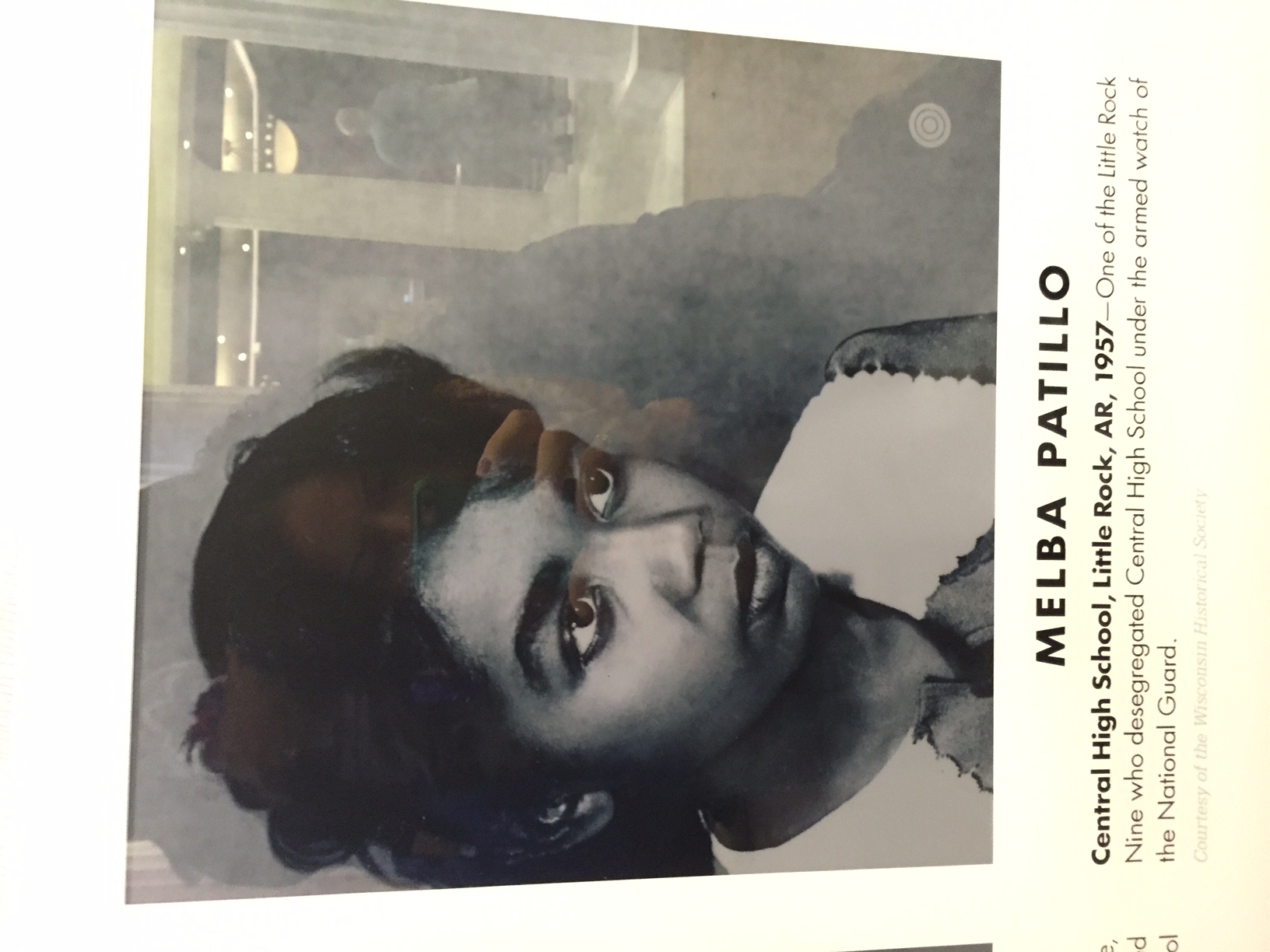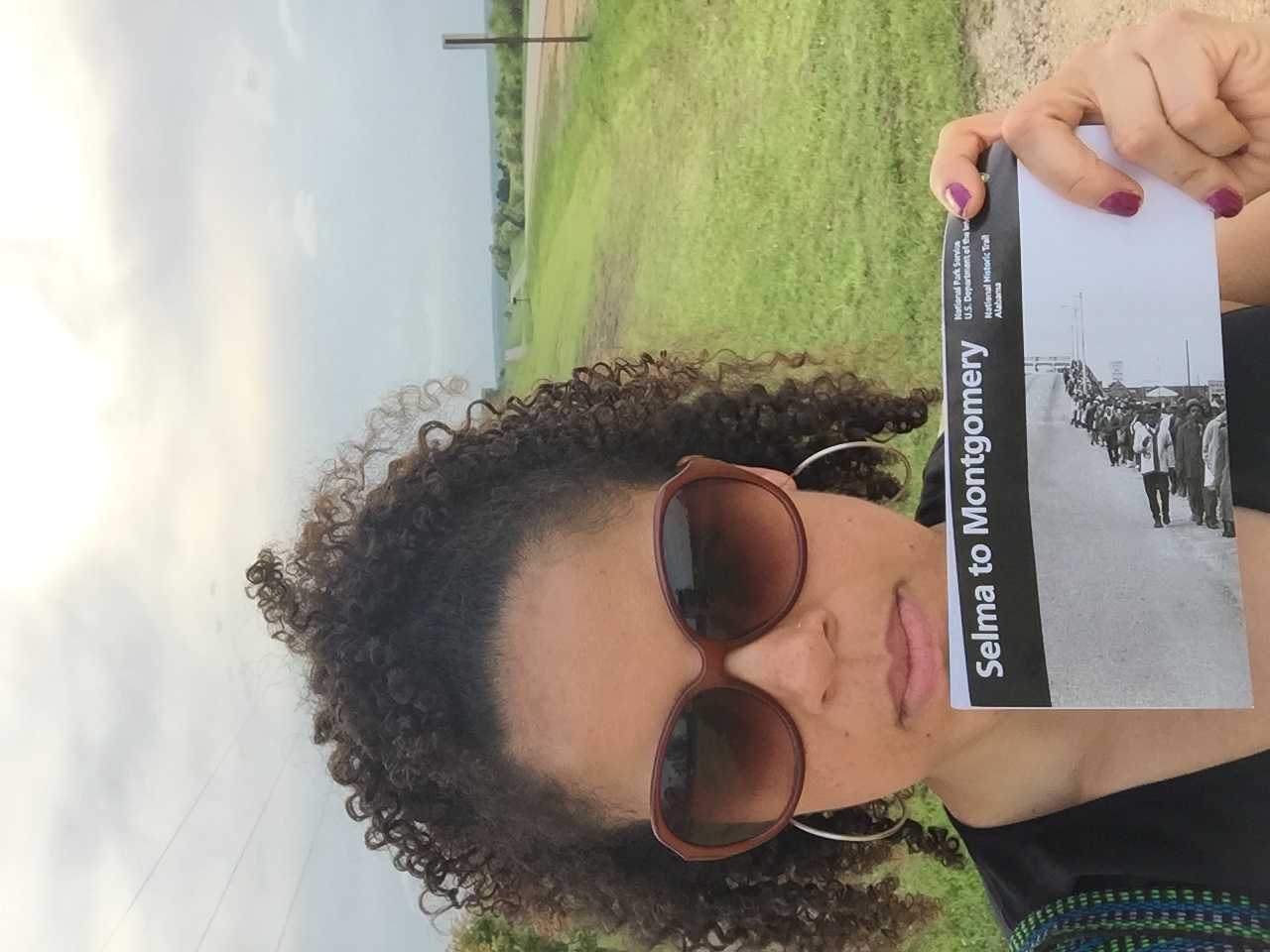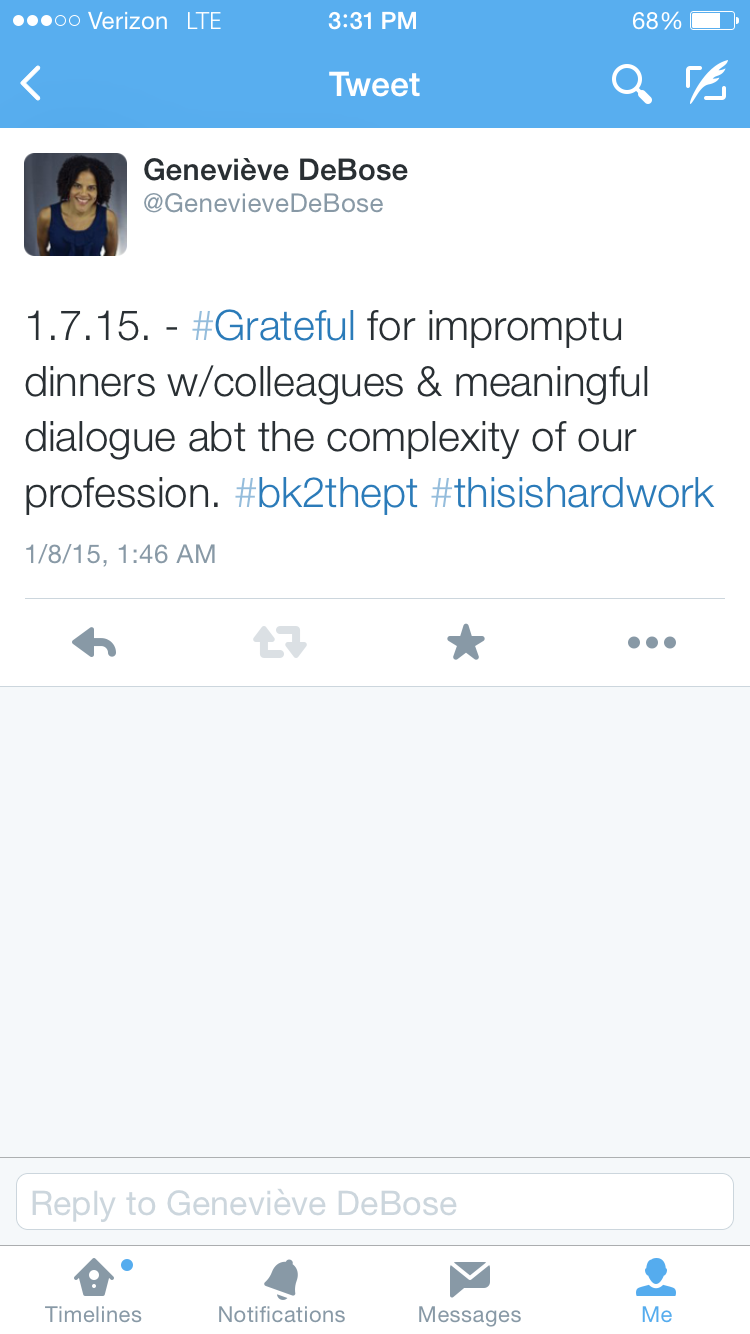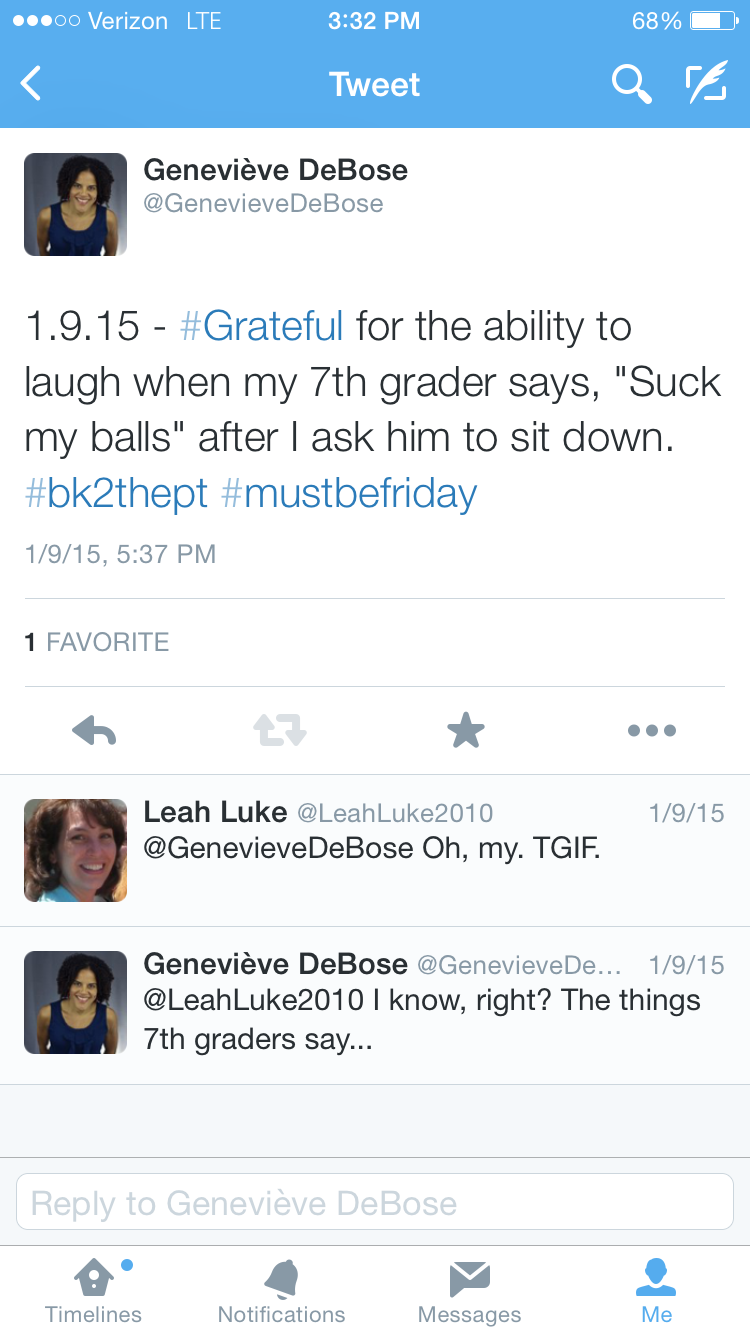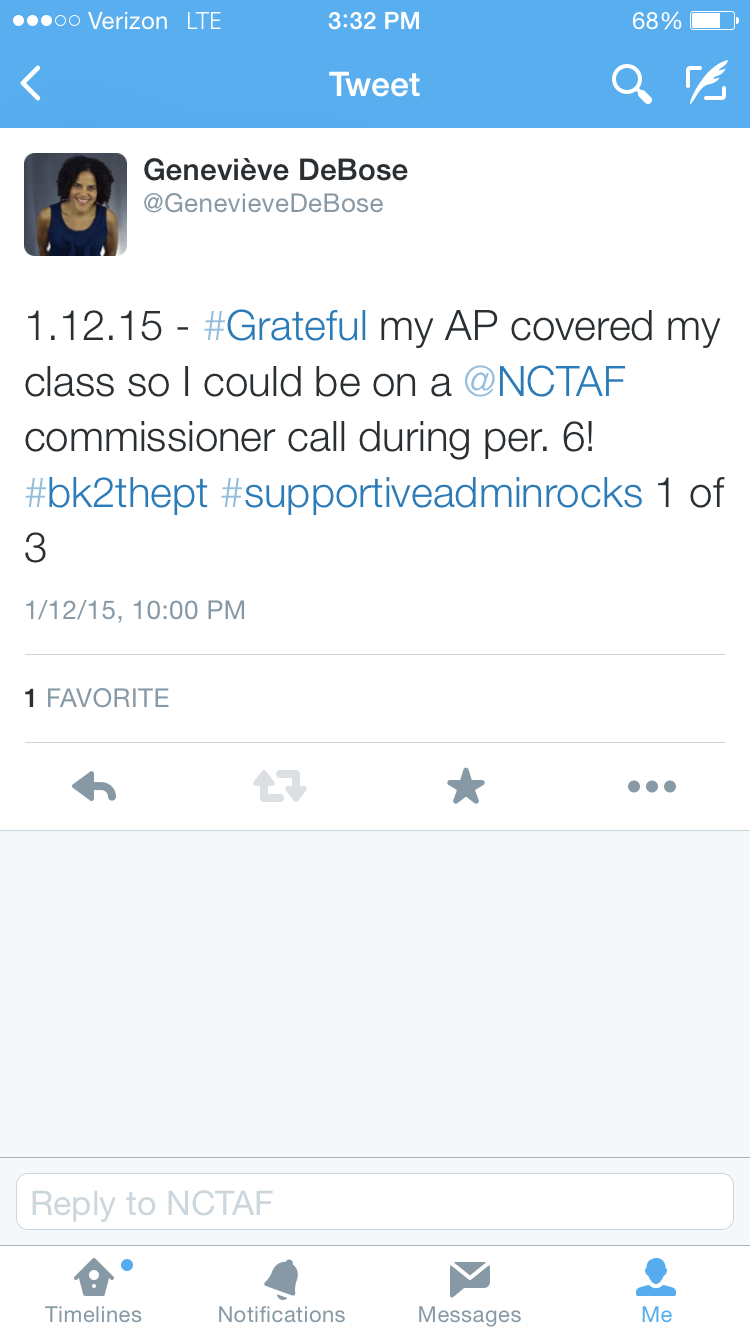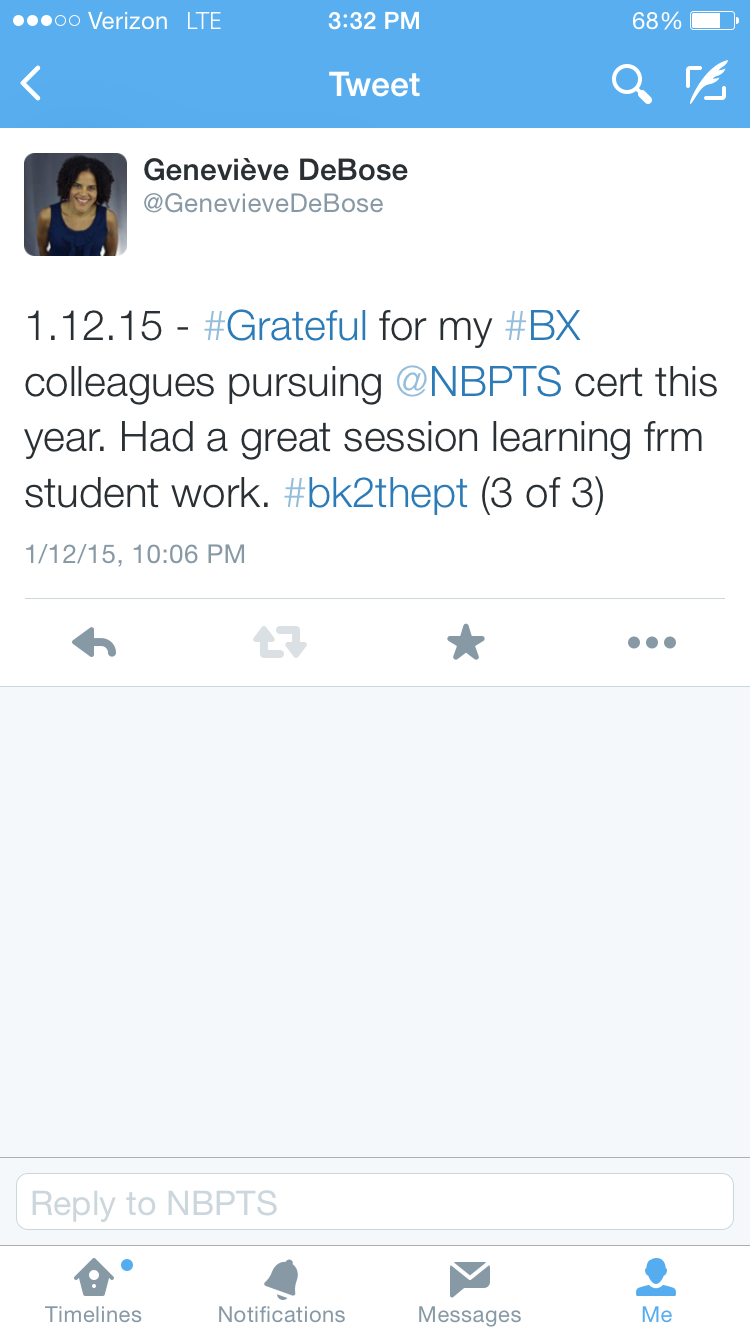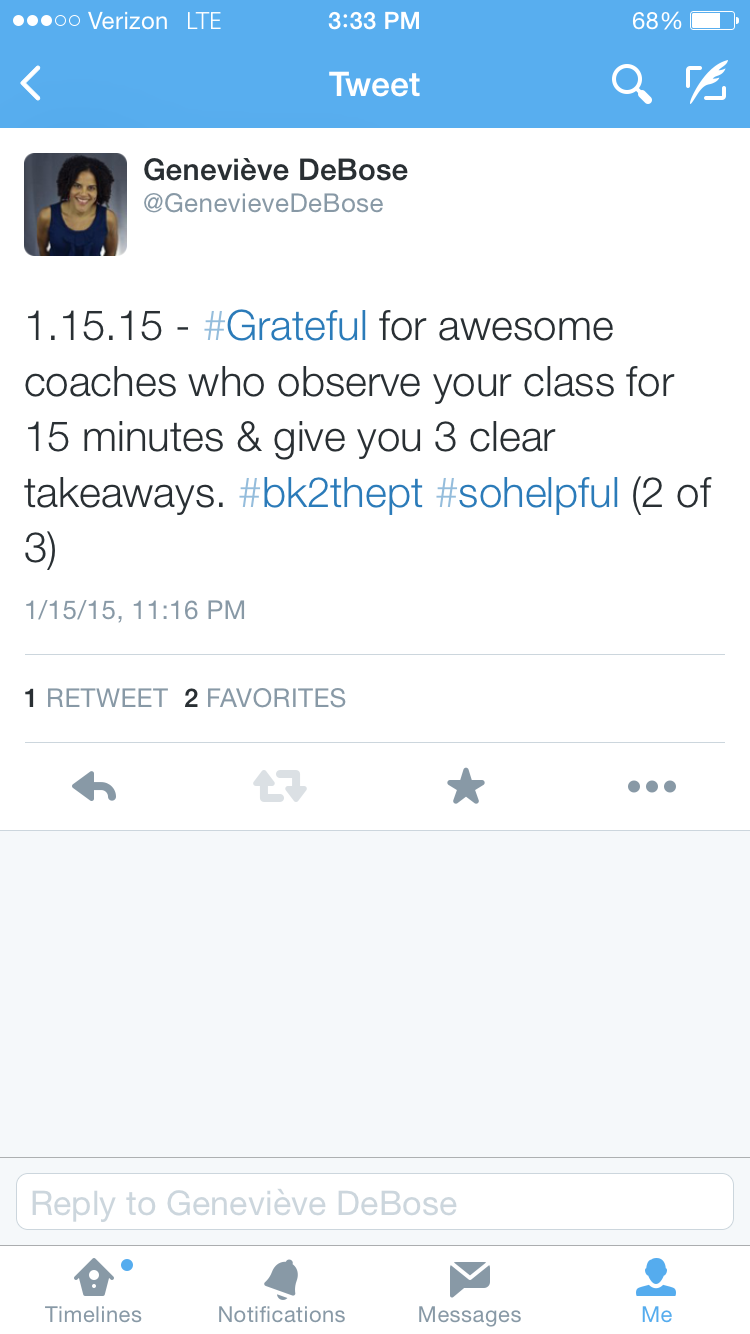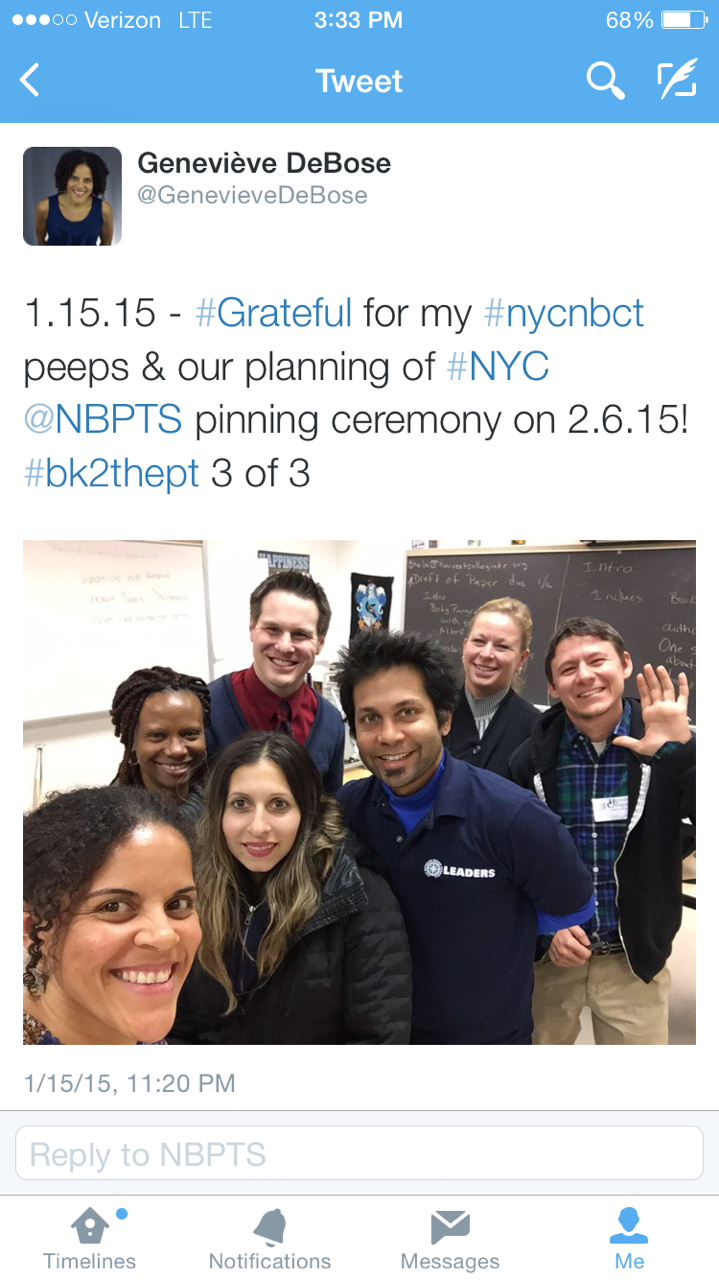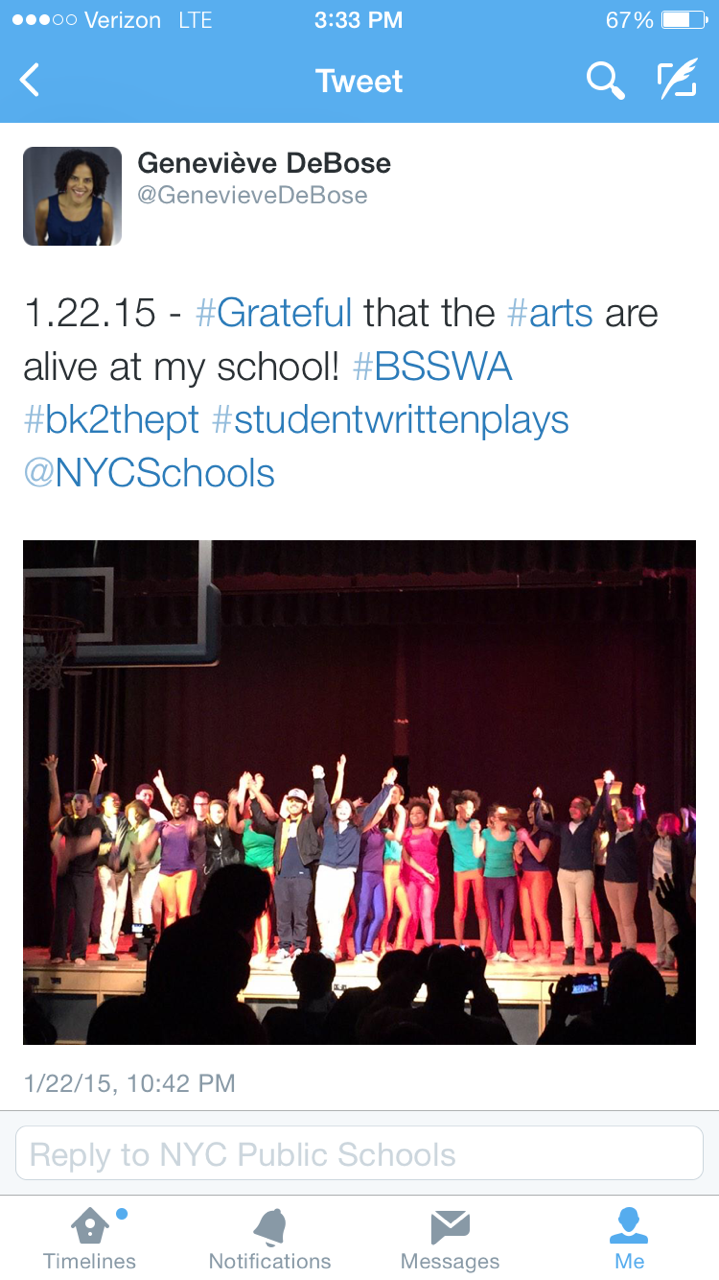When Knowledge Becomes Wisdom
I had a powerful experience today. I’m taking an eight-week meditation course at an incredible gem in my neighborhood called Mindful Harlem. We just finished week six of our class and today we had an all-day silent retreat. Being silent in community for seven hours may sound daunting to some but I was looking forward to it. I was, however, worried about sitting still for much of that time while being present, in the moment, and aware. Thankfully we did a number of walking meditations where we slowed down our pace and really focused on the physicality of walking and what it felt like in our bodies. Our teacher, the amazing Adrian, led us through the exercise and had us pause, stop, and ground ourselves a few times throughout. At one point when we stopped I felt a deep sense of gratitude for the opportunity to be part of this course and the experiences I’ve had to date. Soon after that moment Adrian invited us to clench our fists, tighten our faces, and speed up our walking pace. He asked us to notice how our bodies felt with these changes and, as I noticed, I started to cry.
You see, the past few weeks at school have been tough and our seventh graders have been going through it. Fights on and off campus. Kids recording the fights and posting them on social media. Packs of girls leaving class to try to find and fight other girls. Boys experimenting with stun guns in the bathroom. You name it. It’s been a doozy of a few weeks. Our teachers and our deans have been working hard to support our kids and their families where and when they need it but it’s a big job. One that feels overwhelming when you’re just trying to teach English Language Arts.
I’ve been reflecting a lot on some of the trauma my kids have experienced in their young 12- and 13-year old lives and why, in today’s society, we encourage each other to follow instead of lead. We encourage each other to cheer on and film a fight, instead of preventing it or breaking it up. So, in that moment, when Adrian asked us to clench our fists, tighten our faces, and walk quickly around the room, I lost it. I felt my kids in my body. What it must be like to just go, go, go, react, react, react, clench, clench, clench, hold your breath, hold your breath, hold your breath. What some of my kiddos must feel like when they make such quick decisions and don’t take the time to stop, feel, and reflect on what they’re about to do. I know that developmentally, young adolescents make quick decisions and don’t immediately recognize the severity of their actions, but as I sped around that room tears came down my face. I felt Esmeralda in my body. Maybe this is how she feels all the time. Maybe that’s why she regularly explodes and walks out of class. I felt Marjorie and Brahim in my body. Their rapid-fire cursing and the ease with which they yell obscenities at each other felt normal when I was in that physical state. Is that how they feel, in their bodies, all the time?
I cried for my kids and I cried for the new awareness I had experienced. It’s one thing to know something, but it’s a completely different – and deeper – thing to feel it. I felt it today and while I was trying to stay present and in the moment, my mind was racing and planning how we can bring a mindfulness practice to my kids and my school. Creating a space where we can be still, aware, in our bodies, with our breath, and in community could have a powerful impact on my kids, our families, and our school. It’s not the only step we need to take but it’s one that I guarantee would have an impact many of us could not even begin to imagine – one where we all may be safe, happy, healthy and in a space where we can live our lives with ease.
